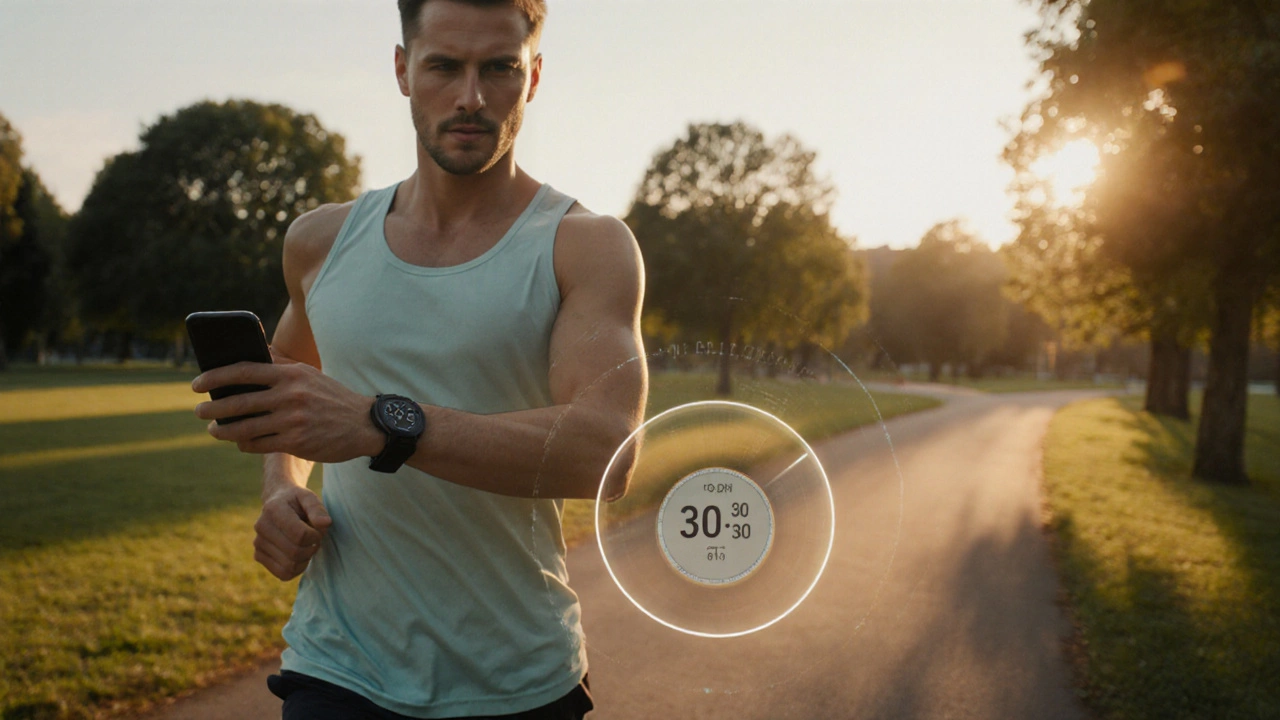When you hear beginner HIIT, a simplified form of high-intensity interval training designed for people new to intense exercise. Also known as low-impact HIIT, it’s not about pushing to failure—it’s about building confidence, burning fat, and getting stronger without wrecking your body. This isn’t the same as the 30-second sprints you see on Instagram. Real beginner HIIT means short bursts of effort followed by rest, using movements you can actually control—like step-backs instead of jump squats, or modified push-ups instead of clapping ones.
What makes high intensity interval training, a workout style that alternates between short bursts of intense effort and recovery periods work for beginners isn’t the intensity—it’s the structure. You don’t need to run a mile or do 50 burpees. A 10-minute session with 20 seconds of effort and 40 seconds of rest, repeated 6 times, can spark real change. It’s science-backed: studies show this pattern boosts metabolism for hours after you stop, burns fat without starving yourself, and builds endurance faster than steady-state cardio. And because it’s short, it fits into busy lives—no gym membership needed.
Related to this are the tools and habits that make it stick. fat loss workouts, exercise routines designed to reduce body fat through increased calorie burn and metabolic boost don’t require fancy gear. A mat, some space, and a timer are enough. You’ll find routines in the posts below that use bodyweight only—no weights, no machines. And because recovery matters just as much as effort, you’ll also see tips on pacing yourself, avoiding burnout, and knowing when to rest. This isn’t about doing HIIT every day—it’s about doing it right, so you keep showing up.
Many beginners quit because they think they need to go all-out from day one. That’s not true. The best beginner HIIT plans start slow, focus on form, and build up gradually. You’ll see posts here that break down 3-minute routines, explain how to modify moves for bad knees or sore backs, and show how to pair HIIT with simple nutrition for better results. Some of these routines use protein shakes to help recovery. Others tie into 7-day plans that combine HIIT with walking or stretching. You don’t need to be fit to start—you just need to begin.
There’s no magic formula, but there is a pattern: short, smart, and sustainable. The posts below give you real examples—what a beginner HIIT session actually looks like, how long it should last, and how to tell if you’re pushing too hard or not enough. You’ll learn why some people feel dizzy after HIIT (and how to fix it), why rest days aren’t optional, and how to track progress without a fitness tracker. This isn’t about becoming an athlete. It’s about feeling stronger, moving easier, and finally seeing results without burning out.

Learn the ideal HIIT ratio for beginners, why it matters, and how to start with a safe 30/30 work‑rest plan that you can progress over weeks.
READ